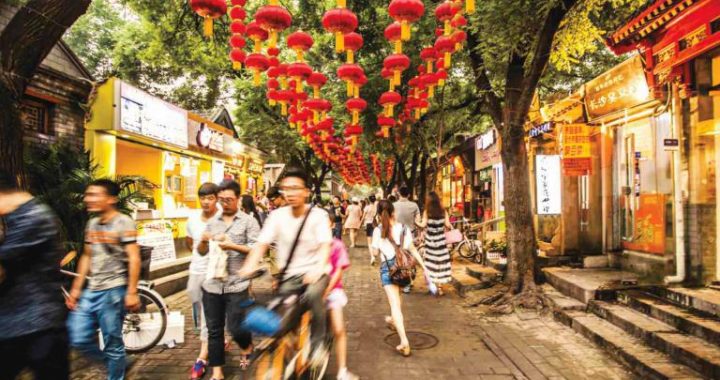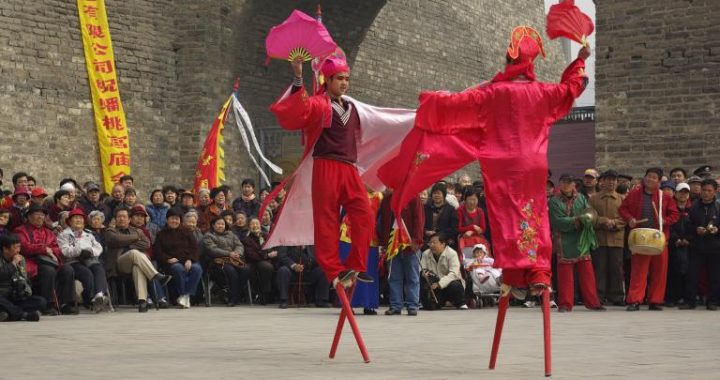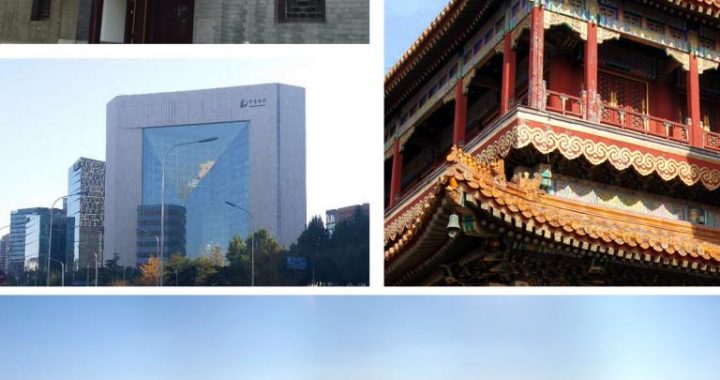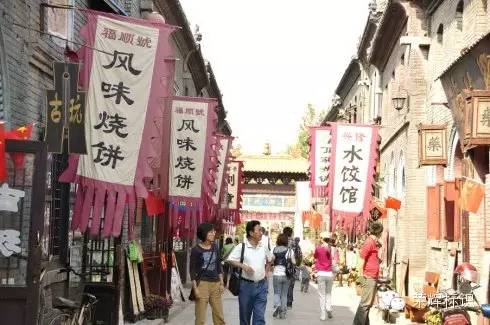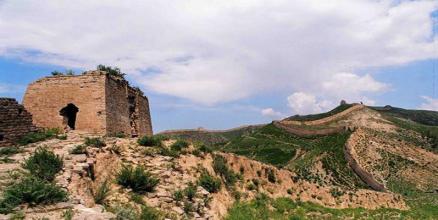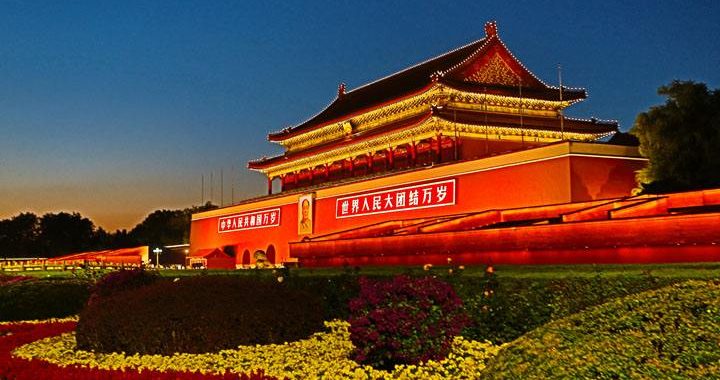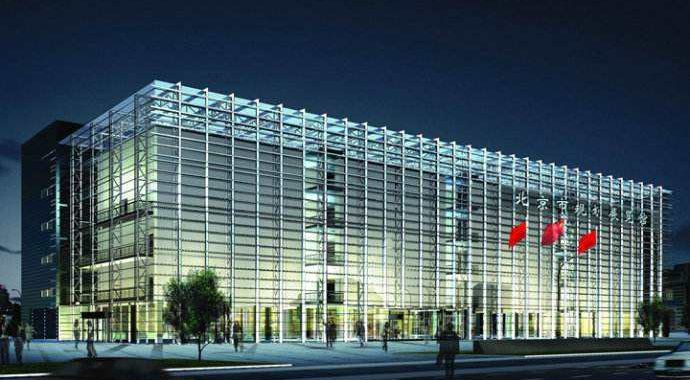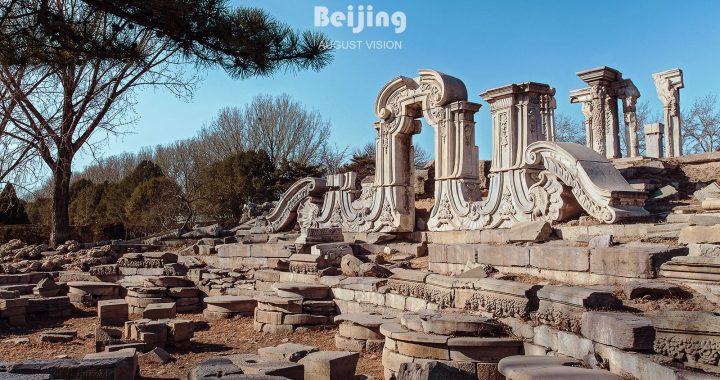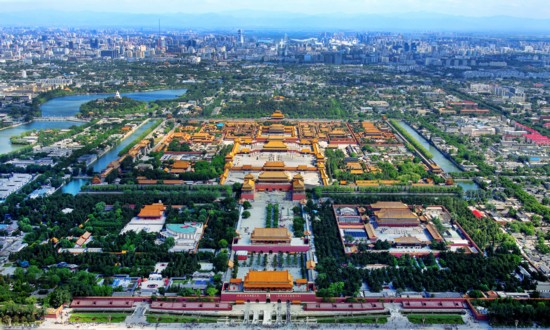Siheyuan Present
5 min readAccording to the Beijing Municipal Administration of Cultural Heritage,there are over 500 historic courtyards preserved in theCultural and Historical Conservation Areas as important cultural monuments.Many of these are public museums and preserved historical siheyuans include Lu Xun Memorial,Guo Moruo Memorial,Mao Dun Memorial,Mei Lanfang Memorial,Lao She Memorial and many others.A study by the United Nations Human Settlements Programme in 2008 estimates that there are still about 400,000 residential courtyards remaining in Beijing.The sales market ofsiheyuan has also been booming in recent years.A report in 2005 found there are usually around 7,000 to 9,000 residential siheyuans that were on the market for sale,and many were generally priced at 7,000 to 10,000 yuan per square meter.However,the prices varied based on the area and the market.For residential siheyuans in the Dongcheng and Xicheng districts in 2009,the prices went up to 40,000 yuan per square meter.For siheyuans near the Houhai and Shichahai area,the prices could go up to between 100,000 to 150,000 yuan per square meter..
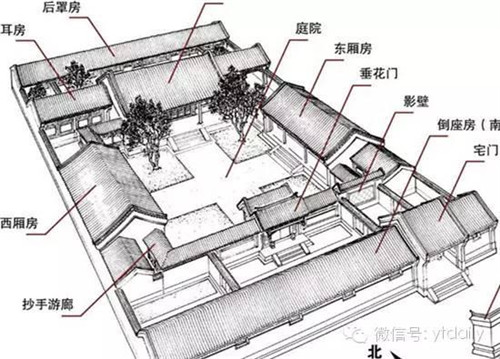
Layout of Beijing Siheyuan
The four buildings of a Siheyuan are normally positioned along the north-south and east-west axis.The building positioned to the north and facing the south is considered the main house.The buildings adjoining the main house and facing east and west are called side houses.The northern,eastern and western buildings are connected by beautifully decorated pathways.These passages serve as shelters from the sunshine during the day and provide a cool place to appreciate the view of the courtyard.The building that faces north is known as the opposite house.Behind the northern building,there would often be a separate backside building,the only place where two-story buildings are allowed to be constructed in the traditional Siheyuan.
The entrance gate,usually painted vermilion and with copper door knockers on it,is usually at the southeastern corner.Normally,there is a screen wall inside the gate for privacy;superstition holds that it also protects the house from evil spirits.A pair of stone lions are often placed outside the gate.Some large siheyuan compounds would have two or more layers of courtyards and even private gardens attached to them.That is a sign of wealth and status in ancient times.
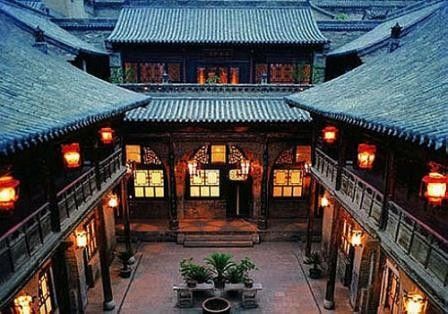
The courtyard dwellings are built according to the traditional concepts of the five elements that are believed to compose the universe and the eight diagrams of divination.The gate is at the southeast corner which is the“wind”corner and the main house is built on the north side which is believed to belong to“water”,an element to prevent fire.
The layout of a simple courtyard represents traditional Chinese morality and Confucian ethics.In Beijing four buildings in a single courtyard receive different amounts of sunlight.The northern main building receives the most,thus serving as the living room and bedroom of the owner or head of the family.The eastern and western side buildings receive less and serve as the rooms for children or less important members of the family.The southern building receives the least sunlight and usually functions as a reception room and theservants’dwelling,or a place where the family would gather to relax,eat or study.The backside building is for unmarried daughters and female servants:because unmarried girls were not allowed direct exposure to the public,they occupied the most secluded building in the siheyuan.
A more detailed and further stratified Confucian order was followed in ancient China.The main house in the north was assigned to the eldest member of the family,i.e.the head of the family,usually grandparents.If the main house had enough rooms,a central room would serve as a shrine for ancestral worship.When the head of the household had concubines,the wife would reside in the room to the eastern end of the main house while the concubines would reside in the room to the western end of the main house.The eldest son of S the family and his wife would live in the western side house while the younger son and his wife would reside in the eastern side house.
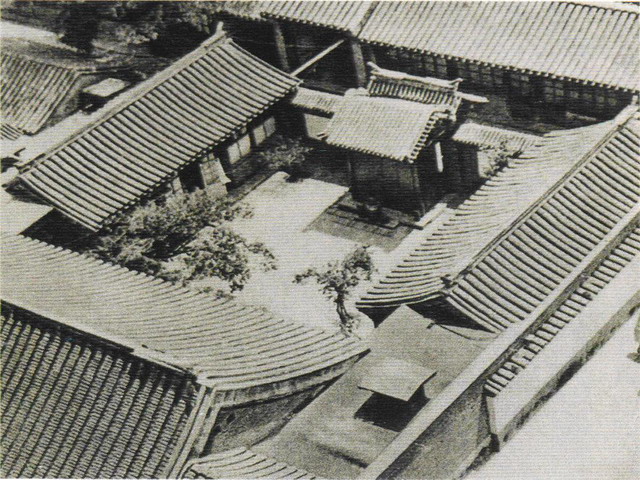
If a grandson was fully grown,he would take the opposite house in the south.Unmarried daughters would always stay in the backside building behind the main house.
When a funeral is held in a siheyuan,the location of the casket depends on the status of the deceased,but all caskets are oriented so that the head of the deceased points south while the feet point north.If the deceased is the head of the household or his wife,then the casket would be on the center line in the main house.If the deceased was the concubine of the head of the household,her casket would remain in the main house,but could not be in the center.If the deceased is a younger male,then his casket is placed on the center line of the courtyard.If the deceased is a younger female,her casket is placed in the courtyard but cannot be on the center line.
Though from antiquity,a siheyuan is a practically sound,engineered structure.Northwestern walls are usually higher than the other walls to protect the inside buildings from the harsh winds blowing across northern China in the winter.Eaves curve downward,so that rainwater will flow along the curye rather than dropping straight down.The rooftop is ridged to provide shade in the summer while retaining warmth in the winter.
A siheyuan offers space,comfort,quiet and privacy.Siheyuan walls provide security as well as protection against dust and storms.With plants,rocks and flowers,the yard is also a garden and acts like an open-air living room.The veranda divides the courtyard into several big and small spaces that are not very distant from each other.Family members talk with each other here,creating a cordial atmosphere.
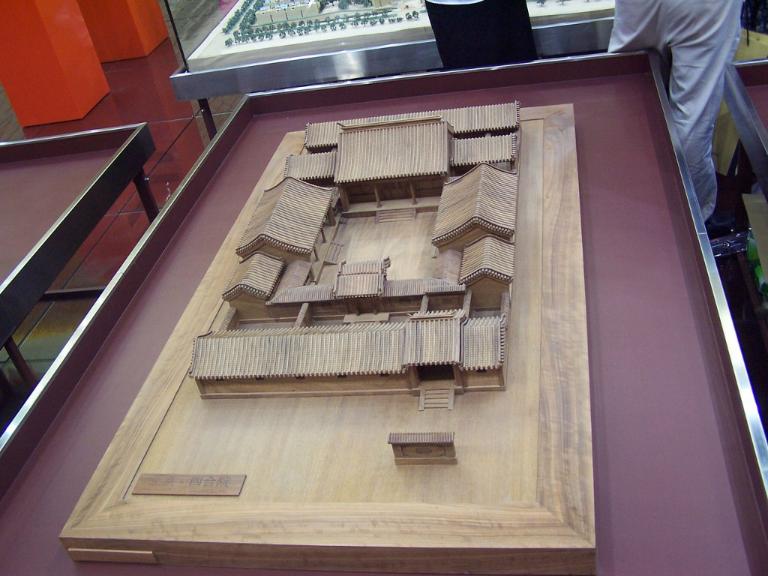
Siheyuan in other areas
In Gansu,Qinghai and other northwest regions,where dust storms are very strong,and courtyard walls tend to be higher.The shapes of Siheyuan are also altered:in northwestern China,the north-south spanof a Siheyuan is generally much longer than the east-west span,while in other provinces such as Sichuan,the opposite is true.In southern China,the houses are built with multiple stories.In the northeast,land is abundant but the weather is cold,so courtyards are broad and large to increase the exposure to sunlight,and there are more open areas inside the walls.
Neo-siheyuan style
Recently,a modern version of Siheyuan has been developed as a villa product in large scale as residential communities of China.These new Siheyuan are located in new housing development areas of Beijing.
